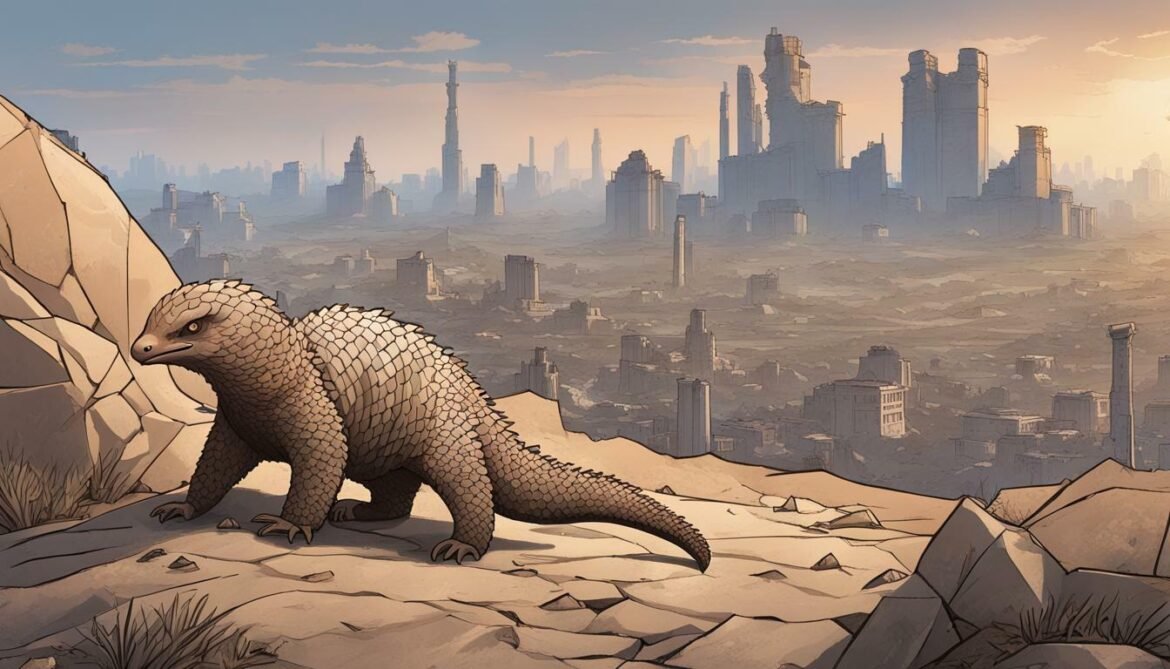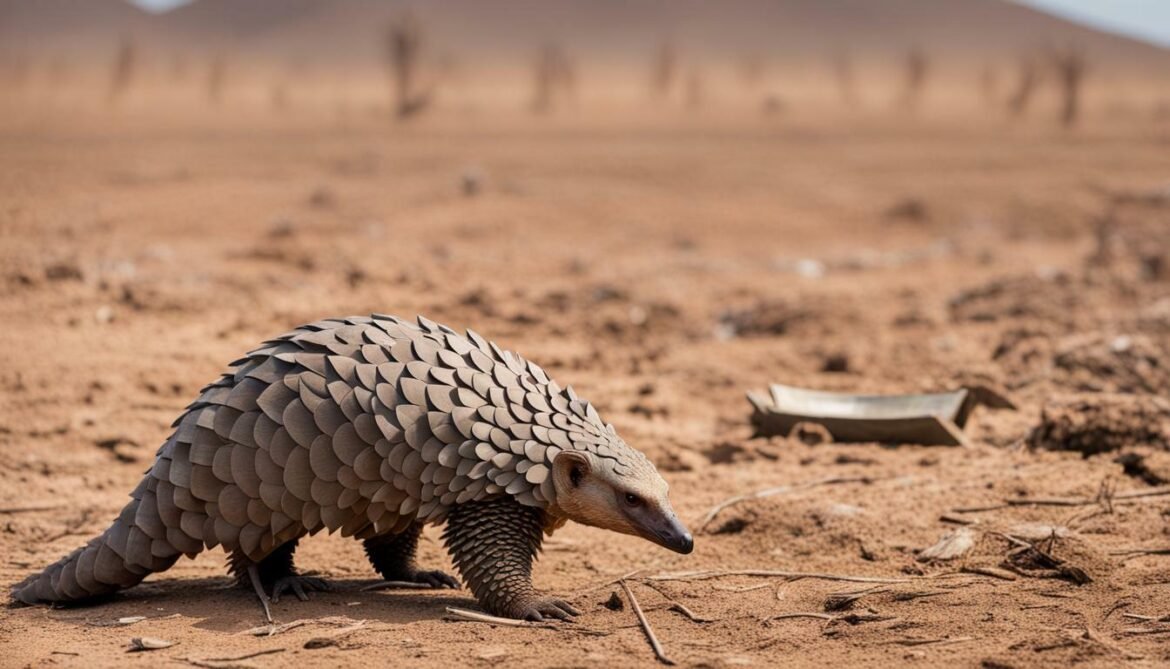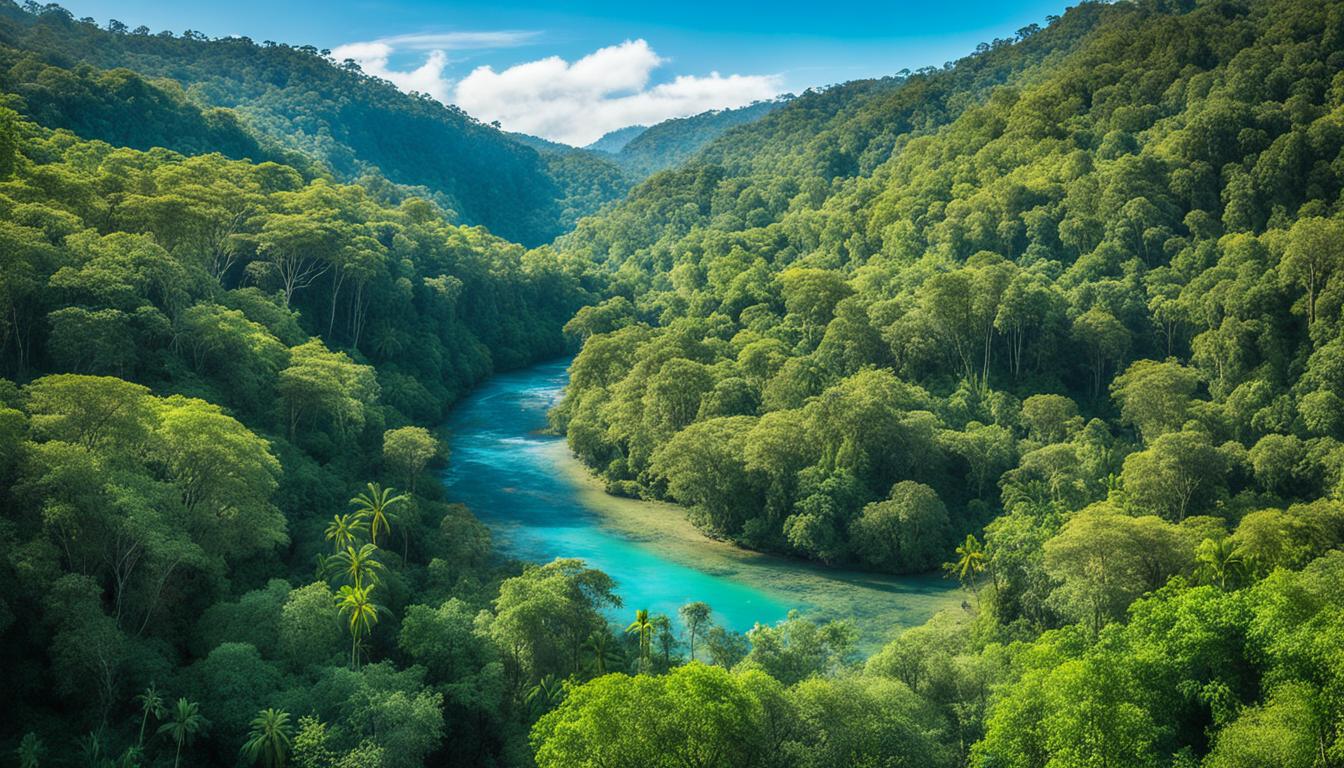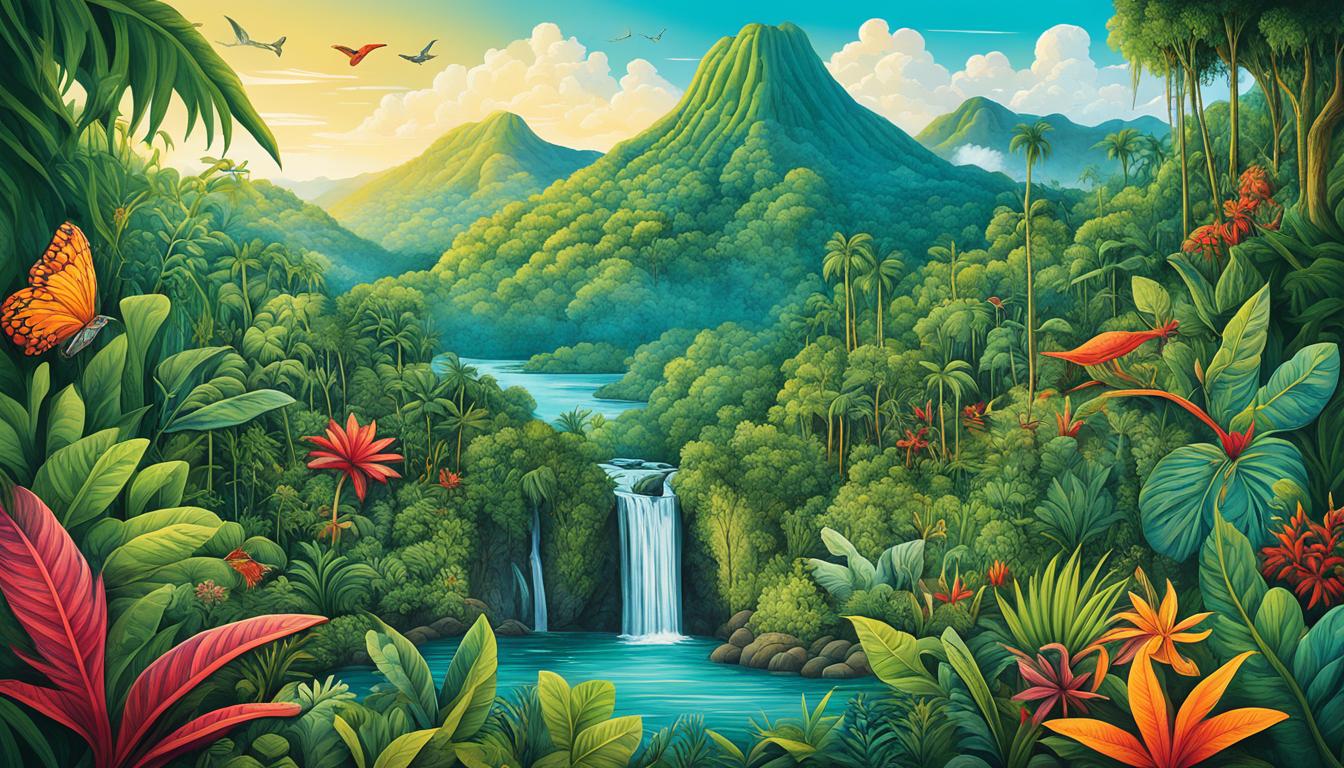Angola Biodiversity: Animal and Plant Species and What Is Under Threat
Angola’s biodiversity is rich in diverse animal and plant species, many of which are unique and can only be found in this African country. From the giant sable antelope to the Welwitschia plant, Angola’s natural heritage is an integral part of the country’s cultural and ecological landscape.
However, despite the country’s abundance of unique wildlife and plant species, many are under threat, with the risk of extinction looming. The increasing human population, habitat loss, climate change, and poaching are some of the factors that threaten Angola’s rich natural heritage.
Key Takeaways:
- Angola’s biodiversity is home to unique animal and plant species
- Many of Angola’s species are under the threat of extinction due to habitat loss, climate change, and poaching
The Rich Flora and Fauna of Angola
Angola is home to a diverse range of flora and fauna, thanks to its varied ecosystems and climate. From the lush rainforests of the north to the dry savannahs of the south, Angola’s unique geography has given rise to a wealth of animal and plant species found nowhere else on earth.
The wildlife in Angola is particularly diverse, with over 300 species of mammals, including the rare giant sable antelope, black-faced lion, and wild dog. Angola’s birdlife is equally impressive, with over 900 species recorded, including the endemic Angolan cave chat and the black-headed bee-eater.
In addition to its rich fauna, Angola is home to a vast array of plant species, many of which are found only in Angola. These include the Welwitchia mirabilis, a unique plant species that is endemic to the Namib Desert and can live for over a thousand years. Angola also boasts a diverse range of trees, including the Angolan muninga and the African rosewood, which are rapidly disappearing due to deforestation.

Preserving Angola’s diverse flora and fauna is essential for maintaining the country’s natural heritage and ensuring the survival of many endangered species. Habitat destruction, poaching, and climate change continue to be major threats to Angola’s unique ecosystems, making conservation efforts all the more urgent. By protecting Angola’s biodiversity, we can help to safeguard the future of this incredible country and its incredible wildlife.
Conservation Efforts in Angola
Angola is home to a diverse array of animal and plant species, some of which are endemic to the country. However, many of these species are under threat due to habitat loss, climate change, and illegal activities such as poaching and wildlife trade. As a result, conservation efforts in Angola have become increasingly crucial to protect its unique biodiversity.
One of the most significant conservation initiatives in Angola is the creation of national parks and protected areas. These areas cover around 15% of the country’s landmass and provide a safe haven for endangered species such as the giant sable antelope and black rhinoceros. In addition, protected areas such as Kissama National Park and the Okavango-Zambezi Transfrontier Conservation Area also promote ecotourism, contributing to the local economy while encouraging the preservation of wildlife.
Another key aspect of conservation efforts in Angola is community education and involvement. By educating local communities about the value of biodiversity and involving them in conservation efforts, initiatives can be more effective and sustainable. Education programs in schools, awareness campaigns, and community-led conservation projects have all contributed to protecting endangered species and their habitats in Angola.
However, despite these efforts, much work still needs to be done to safeguard Angola’s biodiversity. The ongoing civil conflict in the country has hindered conservation efforts, making it difficult to monitor and protect wildlife populations. In addition, illegal wildlife trade and poaching remain significant threats to endangered species such as elephants and pangolins.
It is imperative that conservation efforts in Angola continue to be supported and expanded to ensure the long-term survival of the country’s unique ecosystems and endangered species. By investing in conservation initiatives, promoting sustainable land use practices, and engaging local communities, Angola can protect its rich natural heritage for generations to come.

Threats to Angola’s Biodiversity
Angola’s unique ecosystems are facing a variety of threats that put its rich biodiversity at risk. The endangered species in Angola, including the black-faced lion, giant sable antelope, and wild dogs, are particularly vulnerable to these threats.
Habitat loss is one of the biggest threats facing Angola’s biodiversity. The conversion of forests into agricultural land, mining, and unsustainable logging practices have resulted in the destruction of habitats that support many endemic and endangered species.
Climate change is another major threat to Angola’s ecosystems. The country is experiencing more extreme weather events such as droughts and floods, which could have a devastating impact on the country’s unique flora and fauna.
Poaching and illegal wildlife trade are also major contributors to the decline of Angola’s biodiversity. The illegal hunting of wildlife for trade is rampant, with many endangered species targeted for their valuable parts and products, such as ivory and pangolin scales.

Efforts to protect Angola’s unique ecosystems and endangered species must be intensified. The government, NGOs, and local communities should work together to tackle the root causes of these threats, including habitat destruction, climate change, and illegal wildlife trade. It is also vital to raise awareness about the importance of Angola’s biodiversity and encourage people to take action to protect it.
Conclusion
In conclusion, the rich natural heritage of Angola’s biodiversity is invaluable, and it is essential that conservation efforts are implemented to protect it. As discussed in this article, Angola is home to diverse animal and plant species, many of which are under threat of extinction.
Preserving Angola’s unique ecosystems and wildlife is not only for the benefit of future generations but is essential for the country’s economic and social well-being. By protecting its biodiversity, Angola can promote eco-tourism and generate revenue while providing employment for local communities.
Therefore, it is crucial to continue the efforts to preserve Angola’s biodiversity and educate the public on the importance of maintaining a healthy ecosystem. It is time for us to take responsibility and contribute to the conservation of Angola’s natural heritage before it is too late.
FAQ
Q: What is Angola’s biodiversity like?
A: Angola has a diverse range of animal and plant species. The country is known for its rich biodiversity and unique ecosystems.
Q: What are some of the threats to Angola’s biodiversity?
A: Angola’s biodiversity faces threats such as habitat loss, climate change, poaching, and illegal wildlife trade. These factors put many species at risk of extinction.
Q: What is being done to protect Angola’s biodiversity?
A: Conservation efforts are taking place in Angola to protect its biodiversity. Initiatives focus on preserving endangered species and educating local communities about the importance of biodiversity.
Q: How can I contribute to conservation efforts in Angola?
A: You can contribute to conservation efforts in Angola by supporting organizations working on the ground, raising awareness about the value of biodiversity, and practicing responsible tourism.
Q: Why is it important to protect Angola’s biodiversity?
A: Angola’s biodiversity is an integral part of its natural heritage. It contributes to ecosystem health, provides valuable resources, and supports the livelihoods of local communities.








